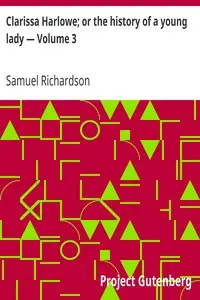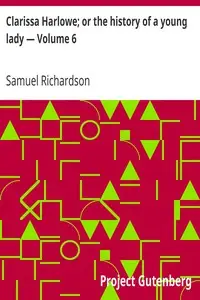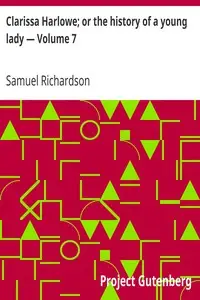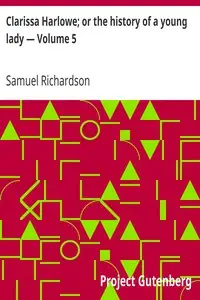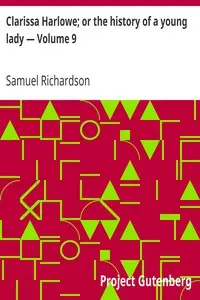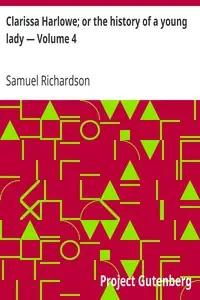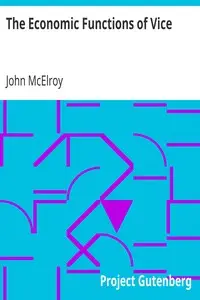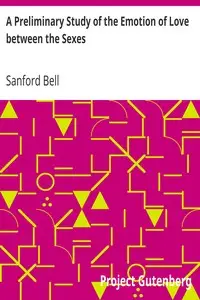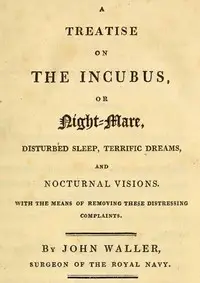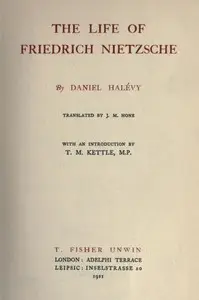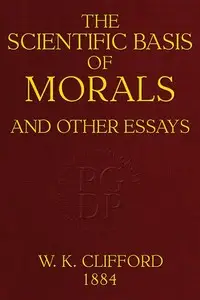"Clarissa Harlowe; or the History of a Young Lady — Volume 2" by Samuel Richardson is a story told through letters during the 1700s, about a young woman named Clarissa Harlowe who finds herself trapped by what her family wants for her. Expecting that she will marry Mr. Solmes, a man she does not love, Clarissa seeks a way out of this difficult situation. Her family, including her siblings, disapprove of her standing up for herself, they want her to do as she is told. Clarissa writes to her friend, Miss Howe, sharing her sadness and her desire to be free to make her own decisions. The story shows the friction between what Clarissa wants and what society expects of her, leaving you to wonder whether she will escape the plans others have made for her.
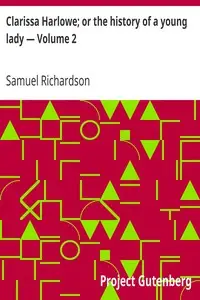
Clarissa Harlowe; or the history of a young lady — Volume 2
By Samuel Richardson
Torn between family demands and her own heart, a young woman fights for her freedom in a world determined to control her destiny.
Summary
About the AuthorSamuel Richardson was an English writer and printer known for three epistolary novels: Pamela; or, Virtue Rewarded (1740), Clarissa: Or the History of a Young Lady (1748) and The History of Sir Charles Grandison (1753). He printed almost 500 works, including journals and magazines, working periodically with the London bookseller Andrew Millar. Richardson had been apprenticed to a printer, whose daughter he eventually married. He lost her along with their six children, but remarried and had six more children, of whom four daughters reached adulthood, leaving no male heirs to continue the print shop. As it ran down, he wrote his first novel at the age of 51 and joined the admired writers of his day. Leading acquaintances included Samuel Johnson and Sarah Fielding, the physician and Behmenist George Cheyne, and the theologian and writer William Law, whose books he printed. At Law's request, Richardson printed some poems by John Byrom. In literature, he rivalled Henry Fielding; the two responded to each other's literary styles.
Samuel Richardson was an English writer and printer known for three epistolary novels: Pamela; or, Virtue Rewarded (1740), Clarissa: Or the History of a Young Lady (1748) and The History of Sir Charles Grandison (1753). He printed almost 500 works, including journals and magazines, working periodically with the London bookseller Andrew Millar. Richardson had been apprenticed to a printer, whose daughter he eventually married. He lost her along with their six children, but remarried and had six more children, of whom four daughters reached adulthood, leaving no male heirs to continue the print shop. As it ran down, he wrote his first novel at the age of 51 and joined the admired writers of his day. Leading acquaintances included Samuel Johnson and Sarah Fielding, the physician and Behmenist George Cheyne, and the theologian and writer William Law, whose books he printed. At Law's request, Richardson printed some poems by John Byrom. In literature, he rivalled Henry Fielding; the two responded to each other's literary styles.


